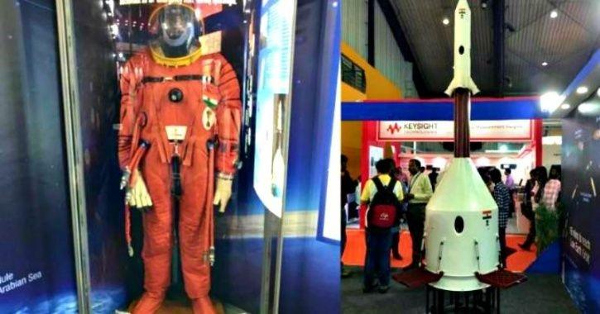India’s manned space mission is on track. On Friday, the Cabinet okayed Gaganyaan, India’s human spaceflight programme, which will see a 3-member crew spend a minimum of 7 days in space at an overall cost of Rs 10,000 crore.
The space programme, the largest ever, will make India the fourth country to send a human to space.
Isro is confident of pulling off the feat by 2022—the ambitious timeline set by Prime Minister Narendra Modi during his Independence Day speech.
Since 2004, when Isro first prepared a plan for human spaceflight, the agency has been developing technologies that are building blocks for such a mission. The most crucial is that of a crew module, a capsule that can carry humans and which Isro has successfully demonstrated by having a prototype re-enter the earth’s atmosphere withstanding the thermal heat caused by friction. In July this year, it demonstrated the pad abort test (PAT), or the crew module ejecting from the rocket in case of a failure.
Successive governments have been concerned over the lack of a powerful homegrown rocket for undertaking human spaceflight. Modi’s announcement underscored the government’s confidence in Isro’s ability to bridge the gaps in these technologies. Isro is looking to send the crew, to be trained by the Indian Air Force and possibly Russia, on its powerful Geosynchronous Satellite Launch vehicle Mk III (GSLV-MkIII). The space suit, according to a previous report, has been designed by DEBEL, a unit of the Defence Research and Development Organisation.
Source:ET
Image Courtesy:India Times
You may also like
-
New Heat-Based Approach To Cancer Treatment Can Reduce Chemotherapy Doses
-
Scientists Take A Major Step Towards Unification Of Classical & Quantum Gravity
-
India Graphene Engineering and Innovation Centre (IGEIC) Under the Vision of Viksit Bharat@2047 Launched
-
New High-Performance Gas Sensor can Monitor Low Level Nitrogen Oxides Pollution
-
Antidepressant Drug can be Repurposed for Treating Breast Cancer
